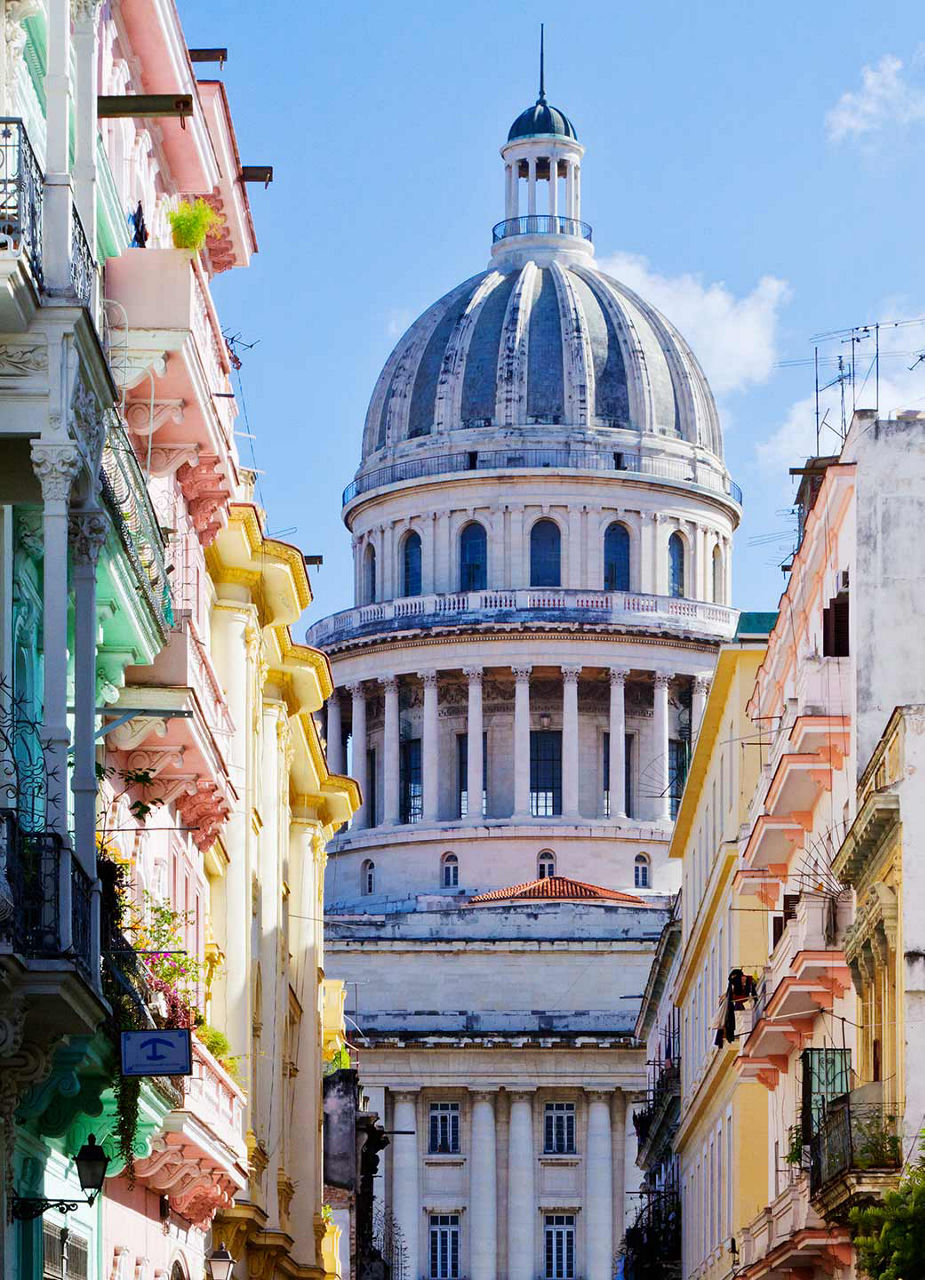
Notes and Nostalgia – A Cultural Tour of Havana
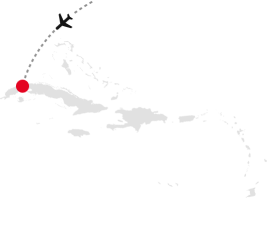
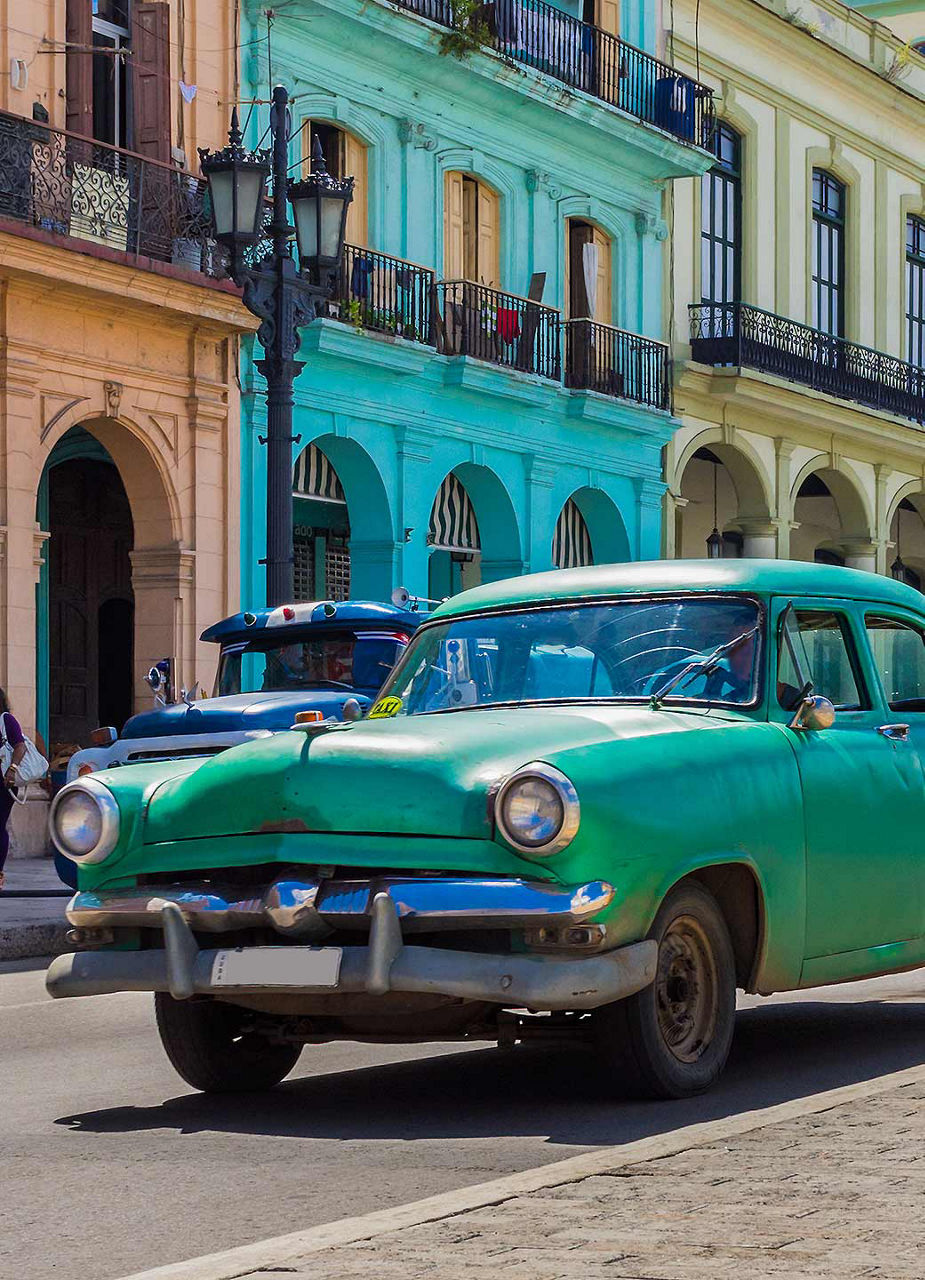
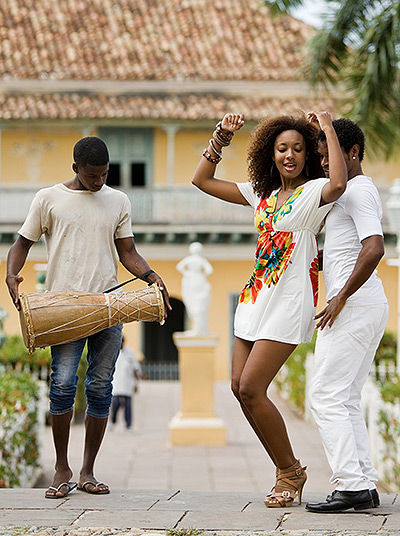
The Rhythm of the City
«Havana, oh na na, half of my heart is in Havana, oh na na» – Camila Cabello’s hit «Havana» speaks for everyone who has ever been to Cuba’s capital: They lost their heart to the dazzling city. Havana, a city of colourful houses, people dancing on the sidewalks, and vintage cars on the streets. From music cafés to the National Theatre and the Revolutionary Museum – we’ll show you the cultural highlights.
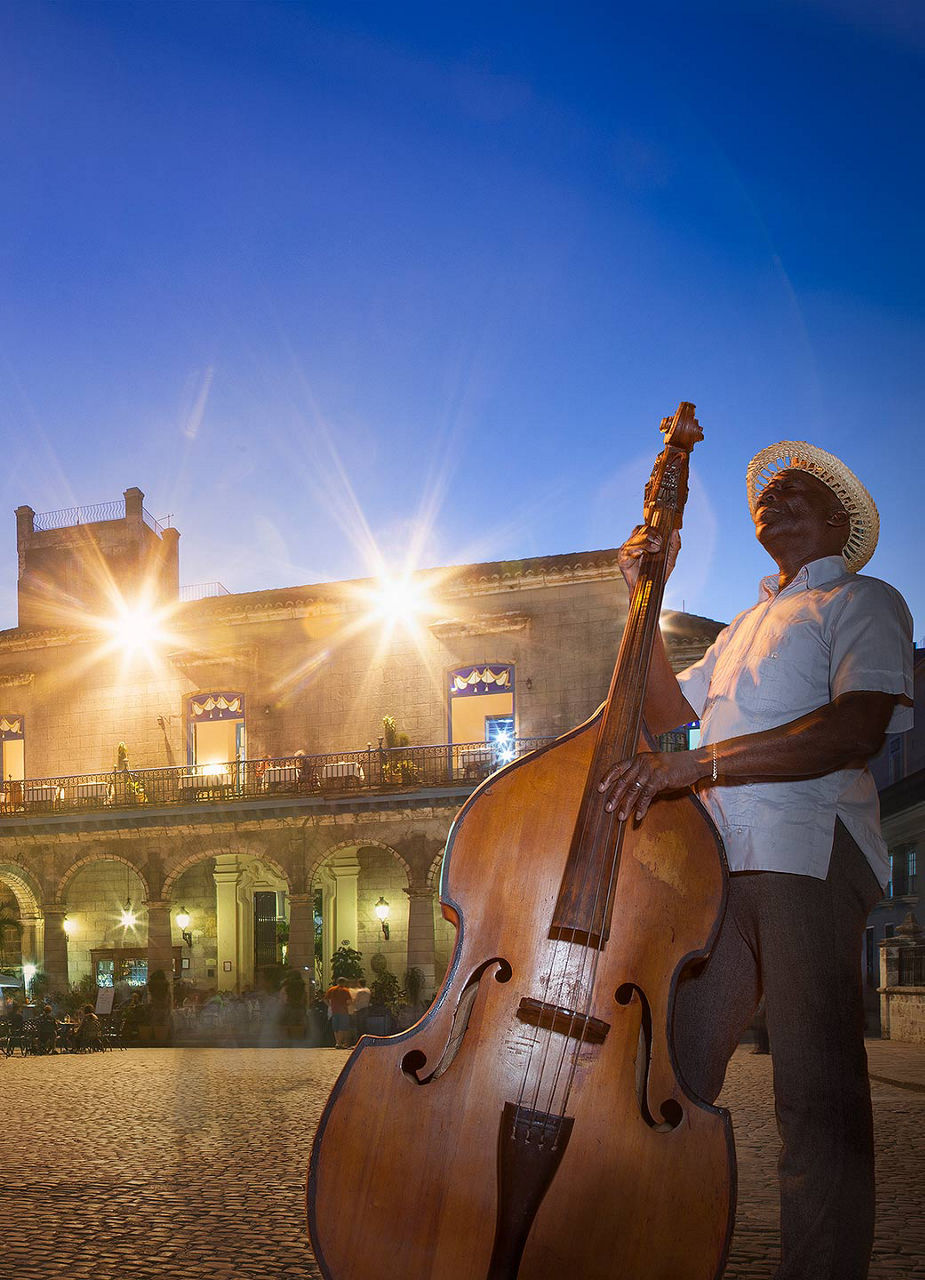
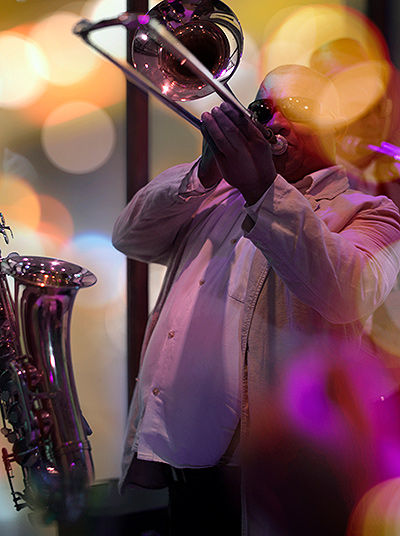
The Sound of Havana
Whether salsa or saxophone, rumba or reggae, the «Buena Vista Social Club» or a bongo beat – the sounds of Cuba follow you as you explore the streets of Havana. Because music is more than just a part of the culture, it is the heart of the Caribbean state and flows through the veins of every Cuban. See for yourself, just take the path from where the most exciting beats are coming from. You’ll inevitably come across street musicians and live music cafés. The swing of your hips will tell you where to stay a bit longer.
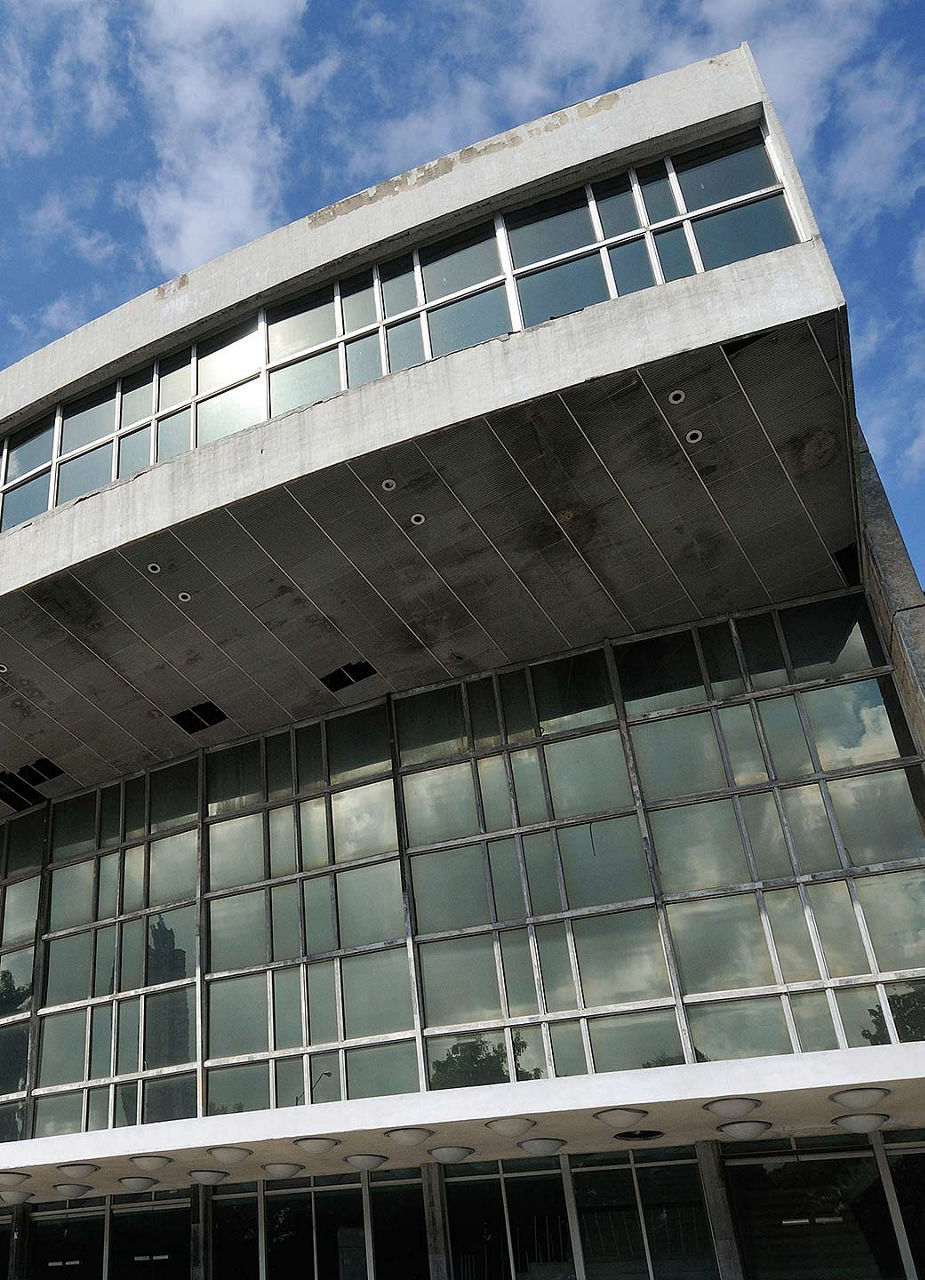
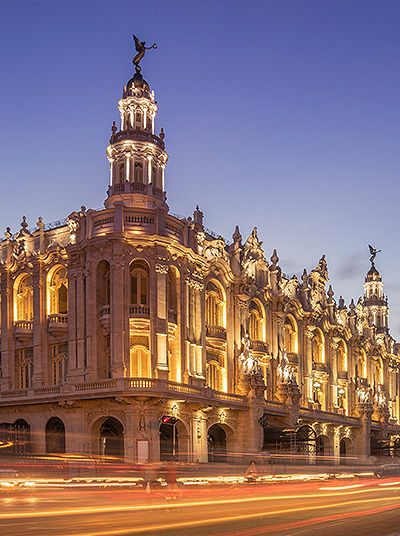
Theatre with a Message
If you want to discover Havana’s culture, you should visit one of the most important artistic venues: the Teatro Nacional de Cuba on the Plaza de la Revolución, where Fidel Castro used to give his marathon speeches to millions of Cubans. This modern building with its gleaming glass front not only forms an impressive contrast to the colourful old town and the magnificent Gran Teatro de La Habana, it is also one of the largest theatres in the Caribbean. In addition to two large halls and a small café, there is also a lovely theatre garden to stroll through and admire a number of interesting sculptures.
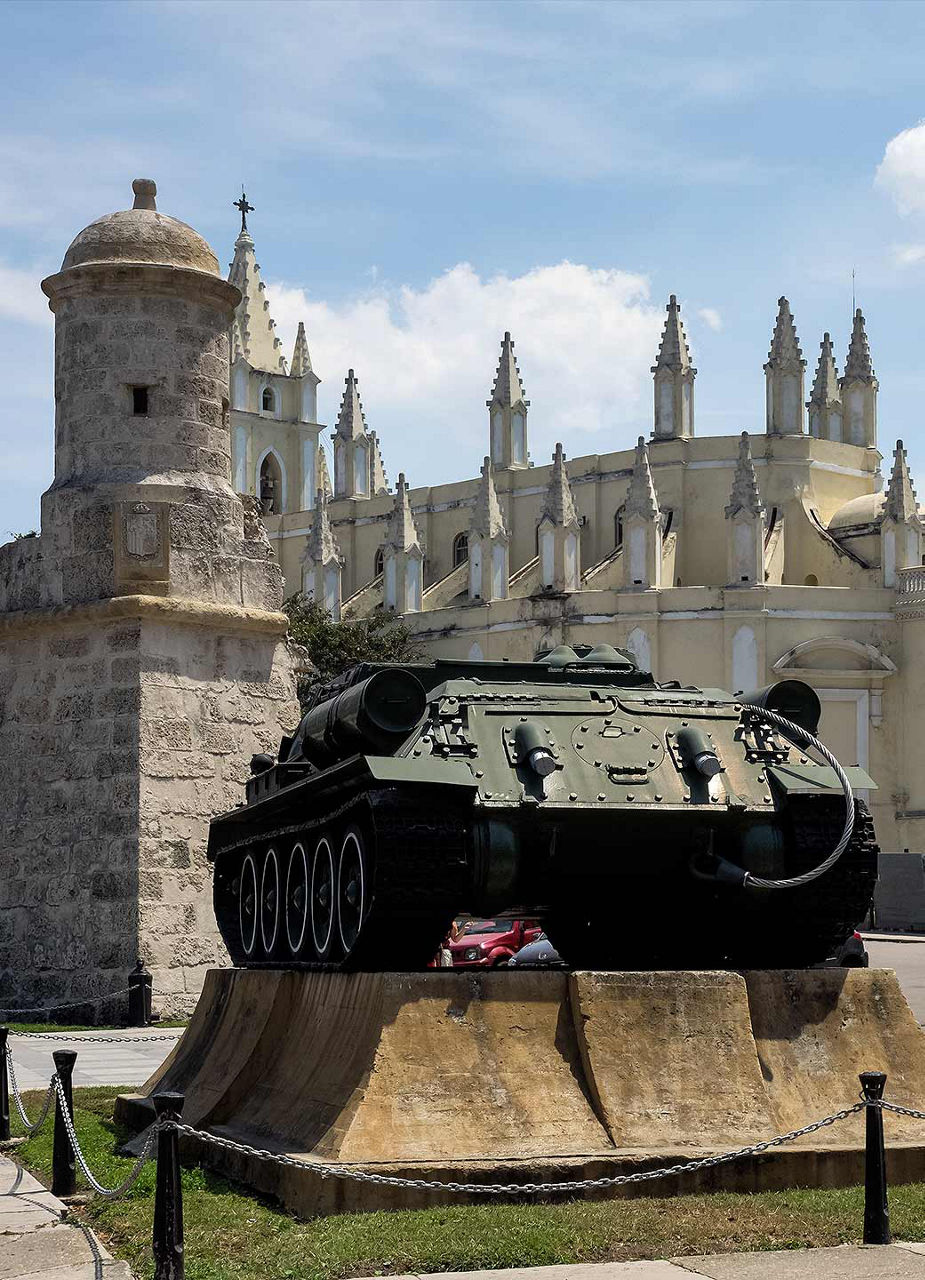
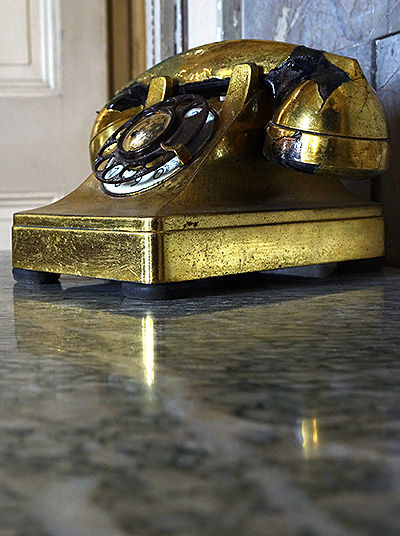
A House of History
Originally intended as a presidential palace and completed in 1920, this former residence with its imposing domed roof and round-arched windows now houses the Museo de la Revolución. Several of the permanent exhibits deal not only with the revolution of 1958, but also with the struggle for liberation since Cuba’s colonisation in the 15th century. In this place, where you can see historical treasures such as Che Guevara’s pipe, or the gold-plated telephone from the former dictator Batistas, the history of a legendary revolution can be traced in all its details and twists, naturally staged in terms of propaganda.
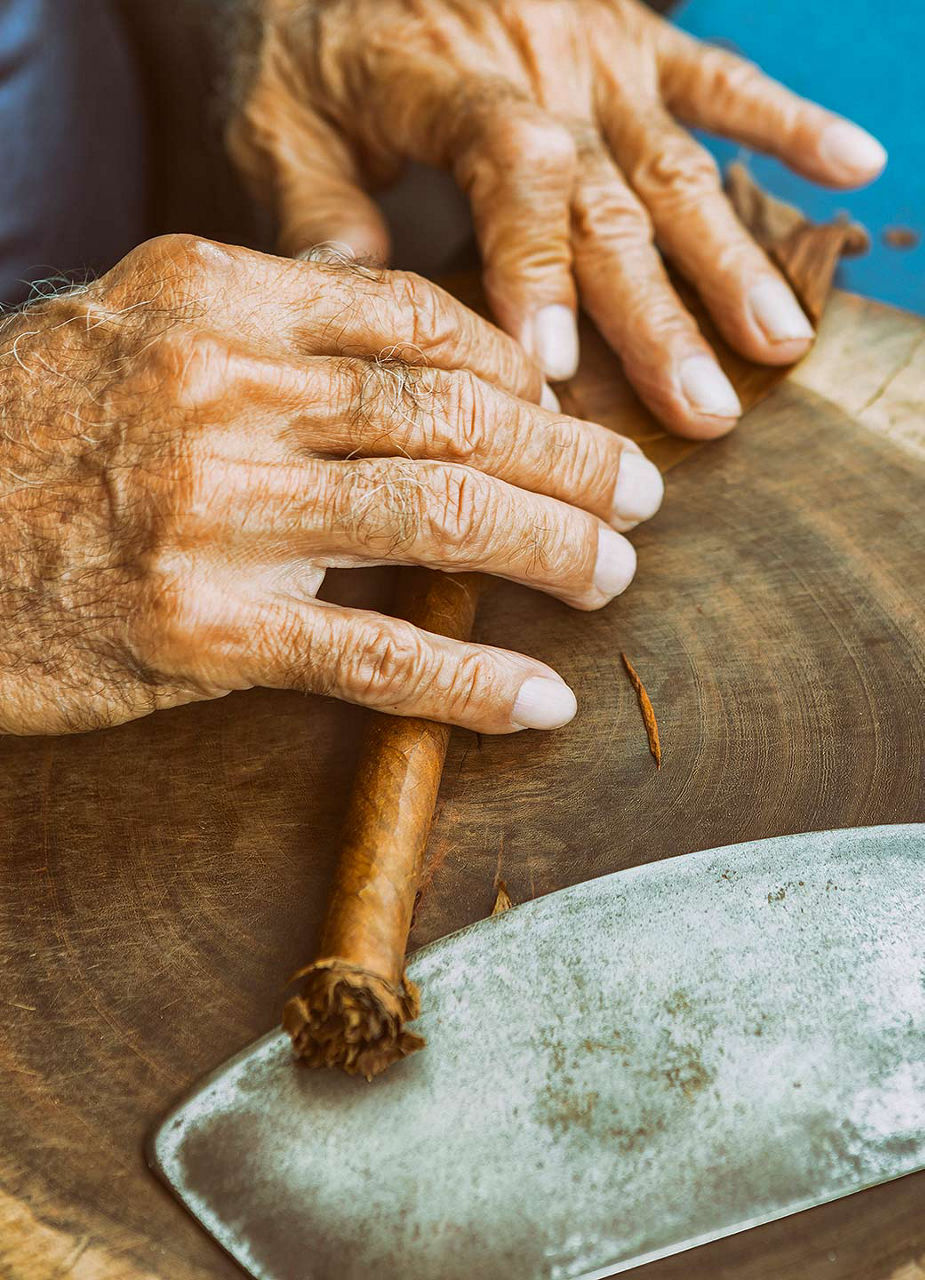
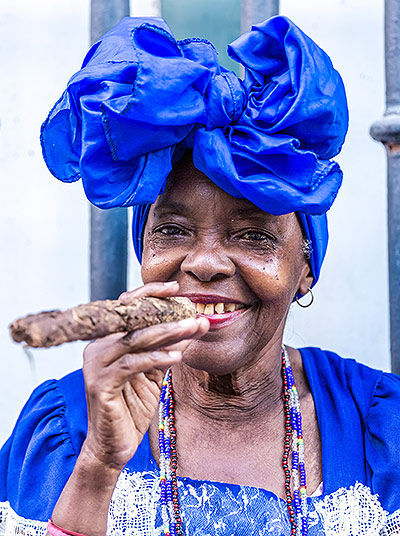
A Celebration of Taste
Every spring, together with 1,000 travellers from all over the world, Cubans celebrate the country’s famous trademark: die Habano cigar. At the Festival del Habano, everything focuses on the enjoyment of tobacco. A gala dinner with plenty of rum and smoke, and even excursions to the fine tobacco fields are on the programme. And while you’re in Havana, why not try a real original with a curious history: a «H. Upmann». This cigar exists thanks to a daring German banker named Hermann Upmann who emigrated to Havana in 1844 and quickly became a successful cigar producer there.
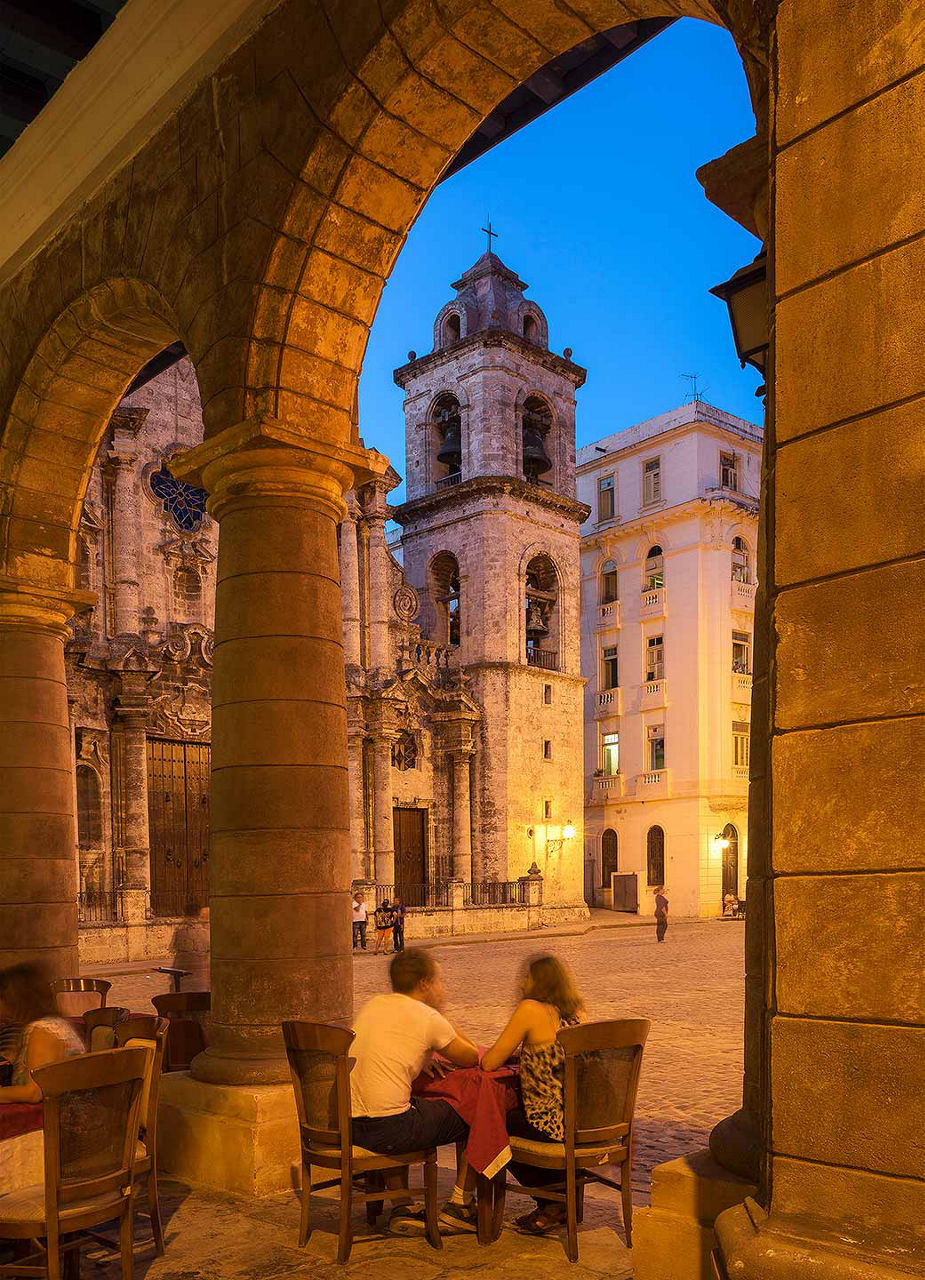
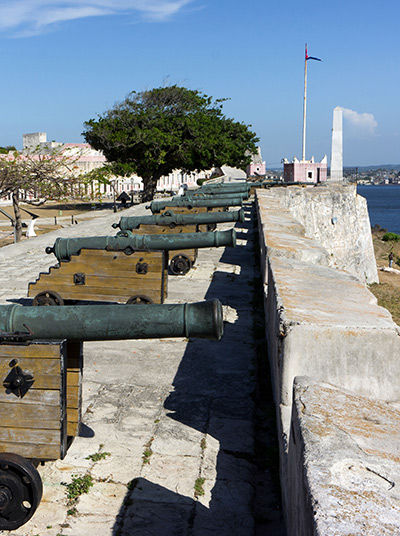
Conclusion with Cannon Fire
As the sun sets over Cuba, it’s time to bring your cultural tour to a fitting close. Maybe you’d like dinner at the magical Plaza de la Catedral in the old town – or how about booming cannon fire? The cannons are fired every evening at 9:00 pm – as a starting signal for the Cuban nightlife – at the La Cabaña fortress. Built at the end of the 18th century by the Spanish architect Silvestre Abarca, today it is the largest Spanish castle ruin on the American continent. Wander through the narrow alleys over drawbridges and visit Che Guevara’s former office in one of the castle’s museums; you can almost feel Havana’s turbulent past first hand.
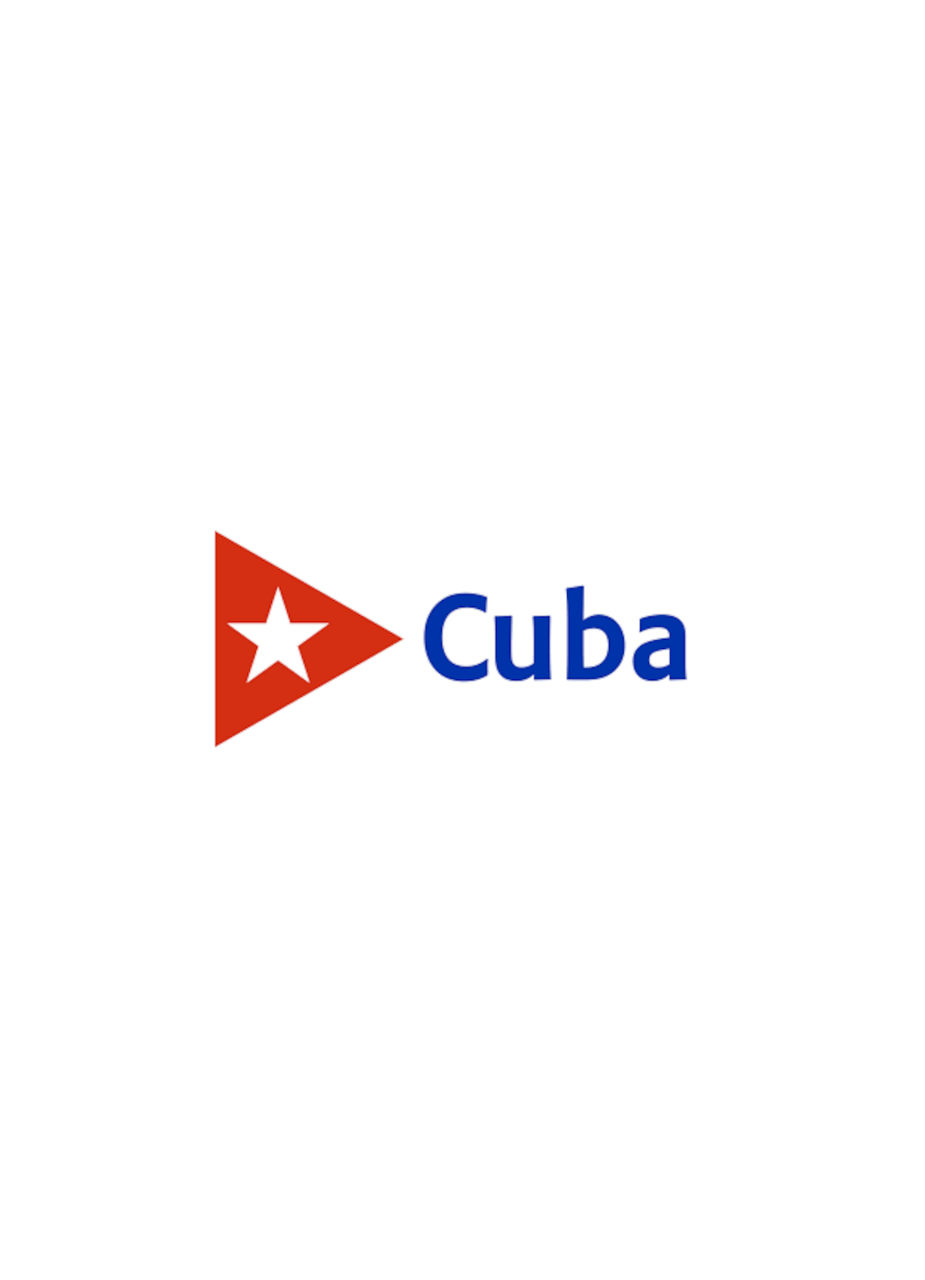
This holiday tip was presented to you by our cooperation partner:
Cuba
Photo credits
- Header - Photo by Jeremy Woodhouse on Getty Images
- Paragraph 1 - Photo by Marc Borchert on Getty Images
- Paragraph 1 - Photo by Niko Guido on Getty Images
- Paragraph 2 - Photo by Lost Horizon Images on Getty Images
- Paragraph 2 - Photo by Westend61 on Getty Images
- Paragraph 3 - Photo by Adam Eastland Art + Architecture on Alamy
- Paragraph 3 - Photo by Buena Vista Images on Getty Images
- Paragraph 4 - Photo by rudiernst on Adobe Stock
- Paragraph 4 - Photo by Lemonreel on Shutterstock
- Paragraph 5 - Photo by Ralf Hettler on Getty Images
- Paragraph 5 - Photo by filipefrazao on Getty Images
- Paragraph 6 - Photo by Buena Vista Images on Getty Images
- Paragraph 6 - Photo by charistoone-images on Alamy
